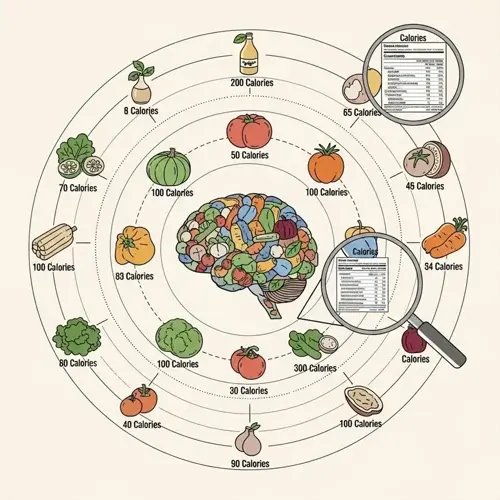What is dance movement therapy?

Written by
Tran Quang
Reviewed by
Prof. William Dalton, Ph.D.Dance movement therapy is a clinically evidence-based practice that integrates body and mind for a holistic approach to healing. It utilizes structured movement to facilitate the processing of emotions when words cannot convey it justice. Licensed therapists facilitate sessions that are designed to meet individual needs, ranging from trauma recovery to chronic pain relief.
This differs fundamentally from the recreational dance approach, which is based on the therapeutic results to be obtained. The emotional control features are developed through the use of arbitrary communicative gestures. Bodily actions are a tool for achieving subconscious material. There are certainly measurable effects on both mental and physical health.
Mind-Body Integration
- Movement bridges cognitive and emotional processing
- Physical actions externalize internal states for examination
- Develops awareness of psychosomatic connections
Nonverbal Communication
- Accesses pre-verbal trauma through symbolic gestures
- Builds emotional vocabulary beyond linguistic limitations
- Enhances interpersonal attunement through movement mirroring
Neurological Rewiring
- Rhythmic patterns stimulate neuroplasticity
- Synchronized movement regulates autonomic nervous system
- Creates new pathways for emotional regulation
Therapeutic movement is for everybody and all ability levels. Those in wheelchairs feel a sense of power when the gesture is modified for them. Older adults improve their balance while reflecting on what might be a transition in their lives. Each week, everybody is recognized for what they can do, without the pressure of "performing."
Certified therapists complete rigorous training in psychology and movement analysis. They hold graduate degrees and have completed supervised clinical internships. Global associations maintain ethical standards for this evidence-based profession.
Read the full article: Understanding Dance Movement Therapy

